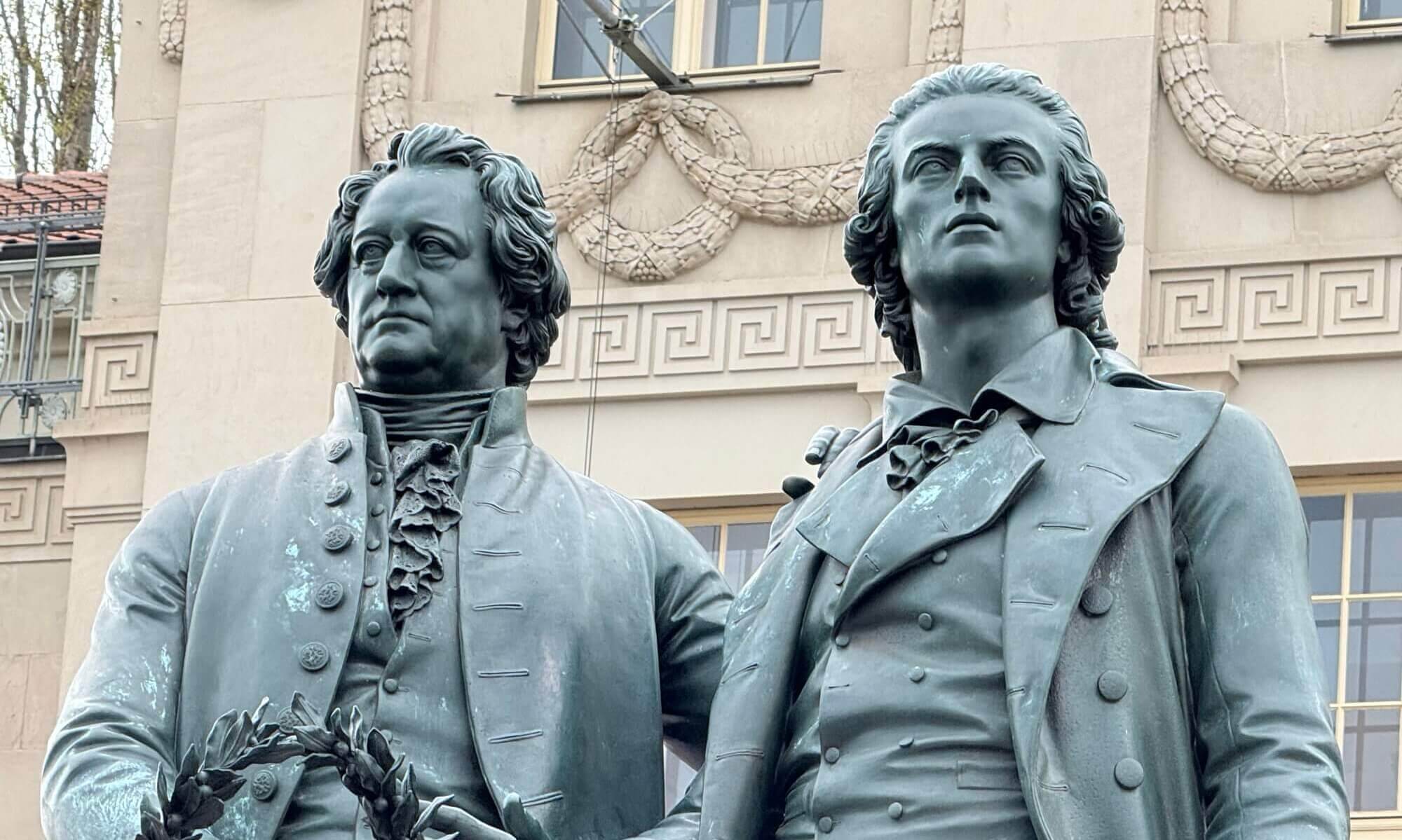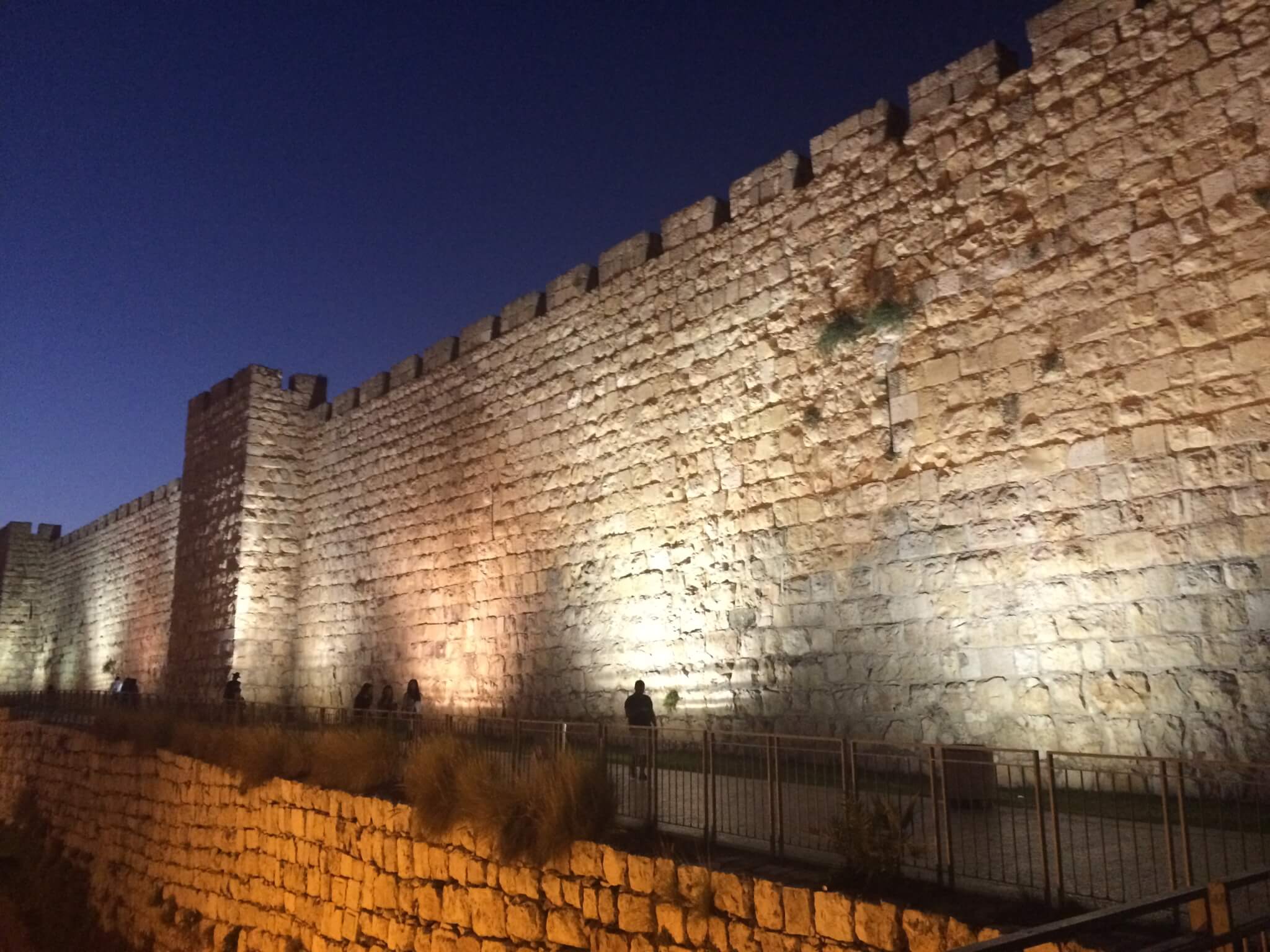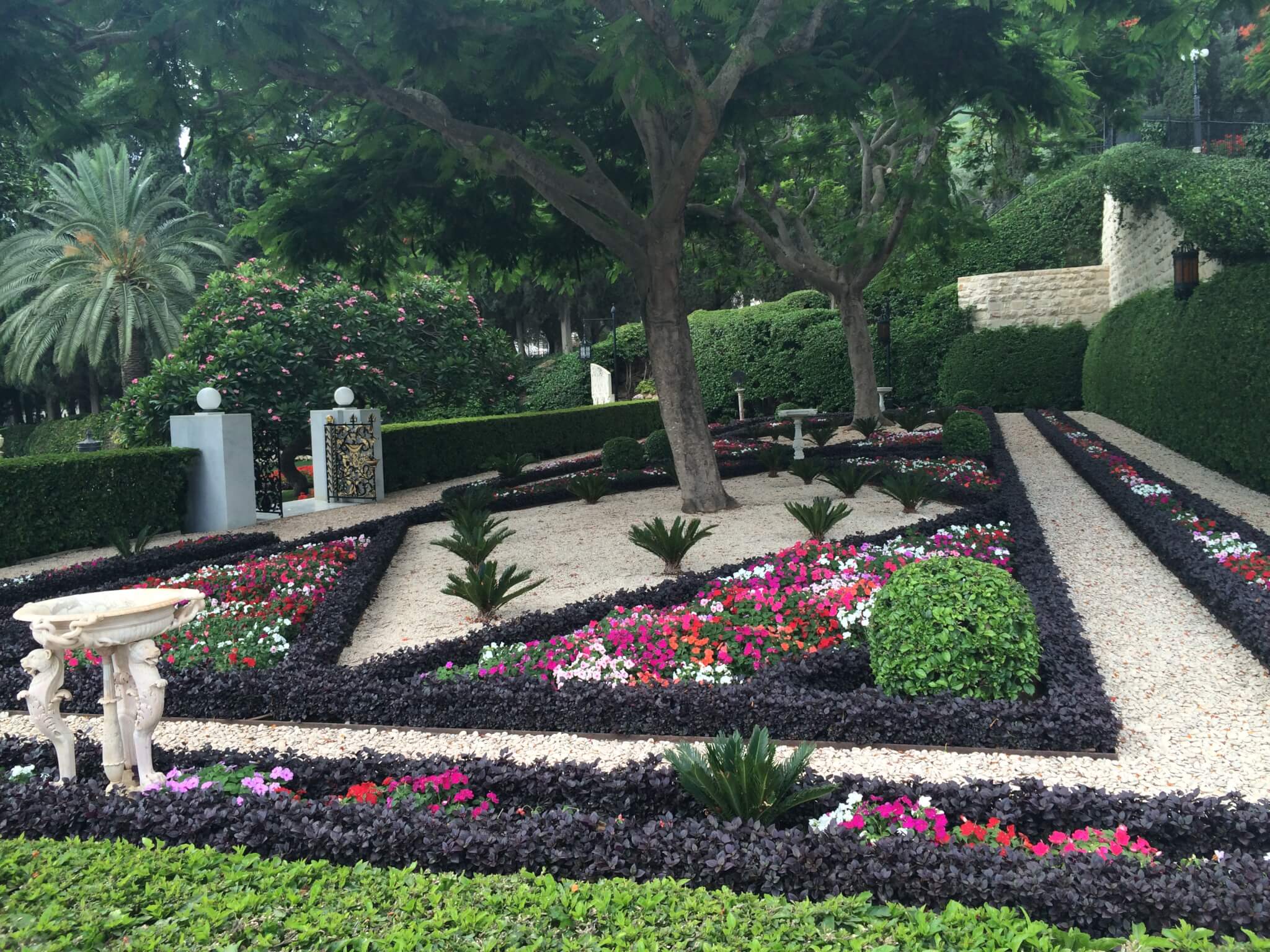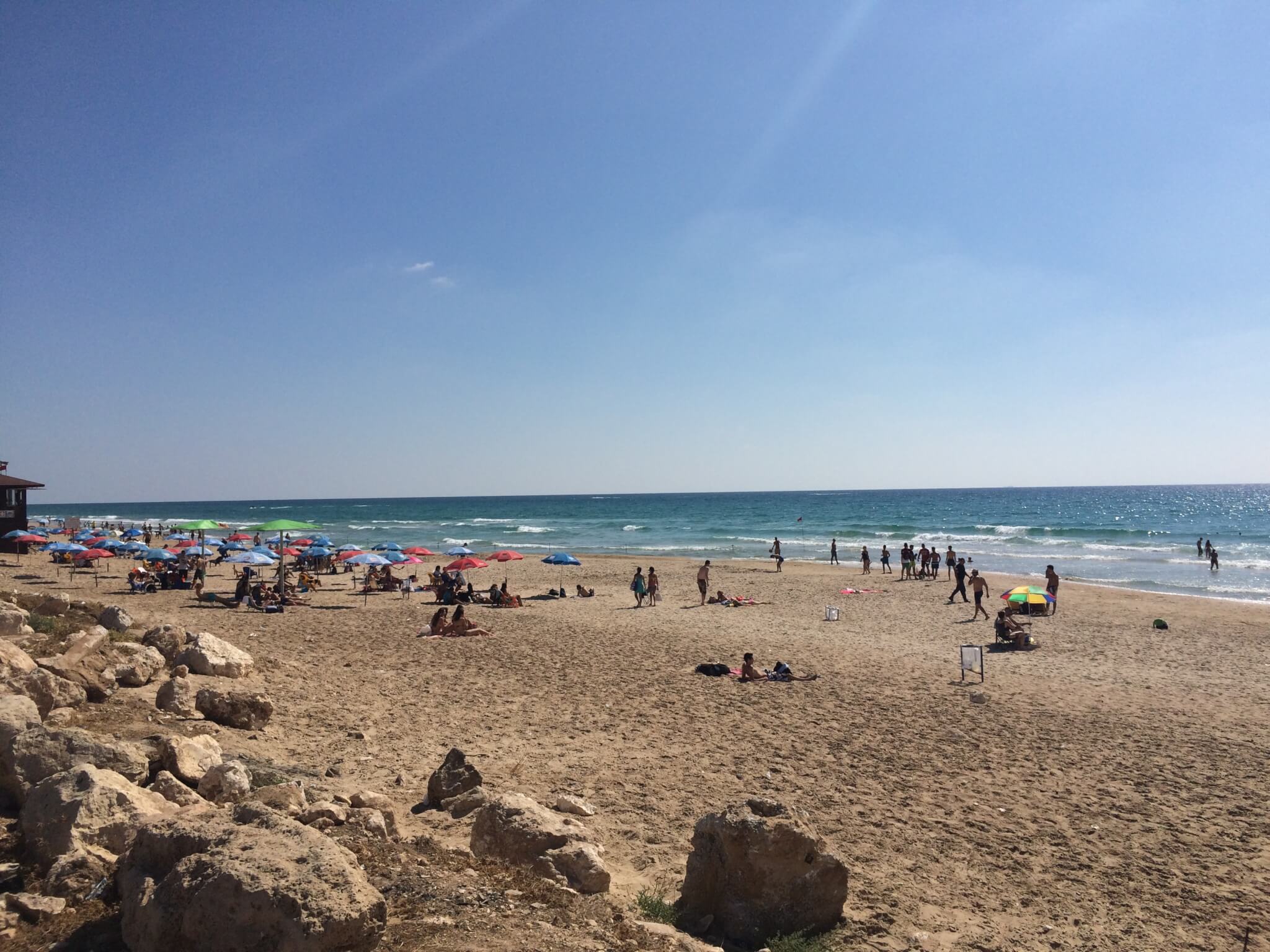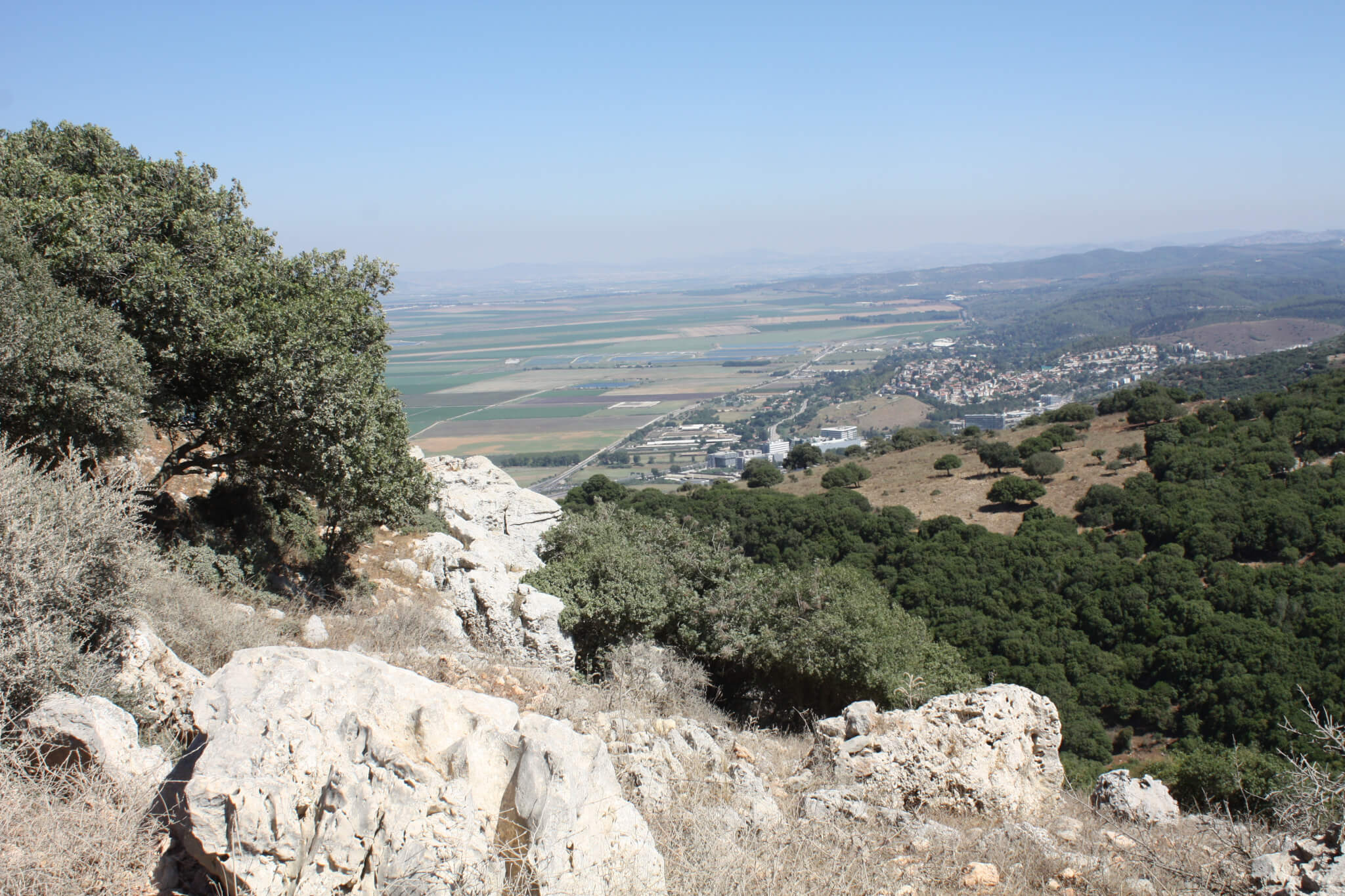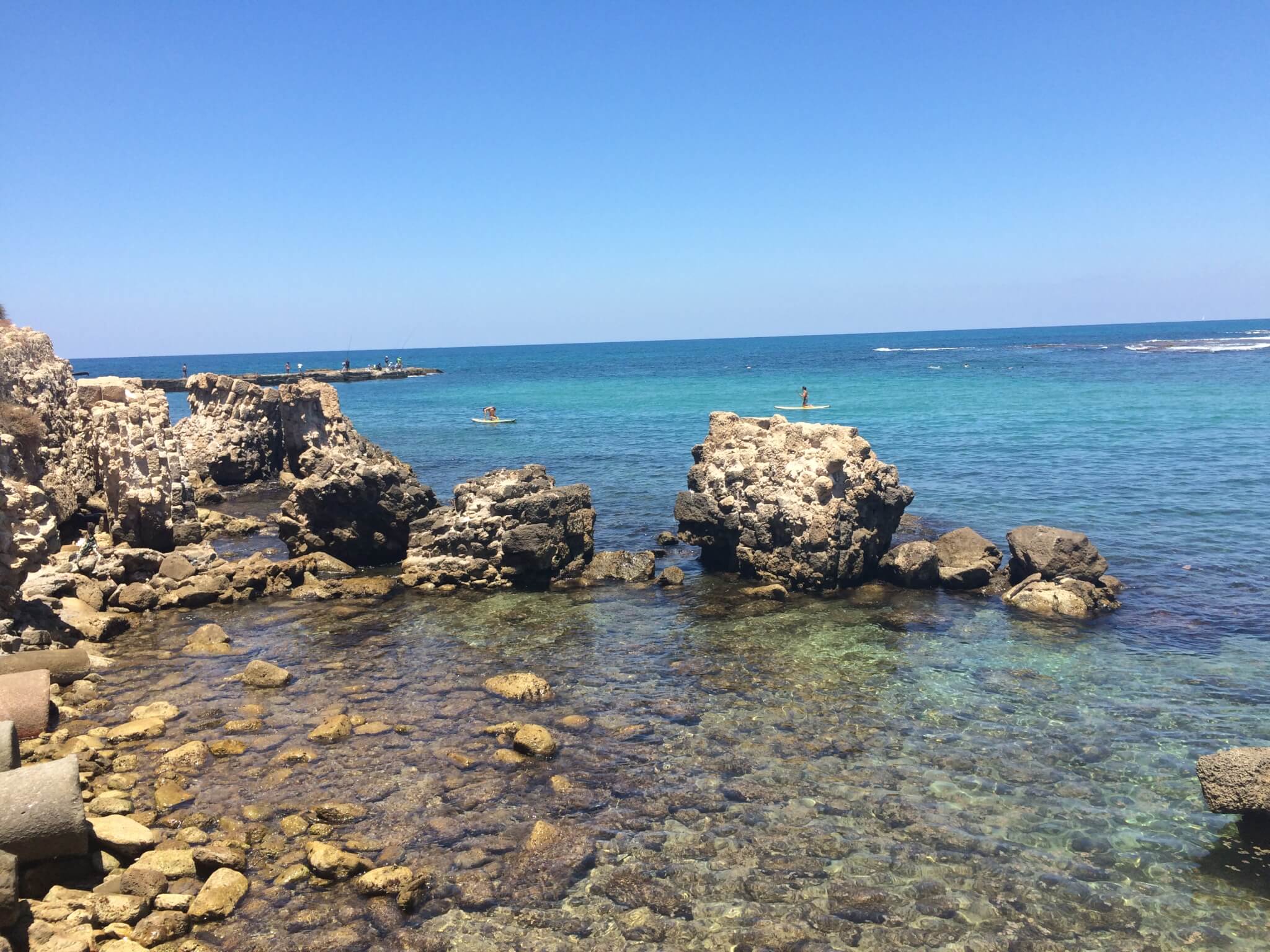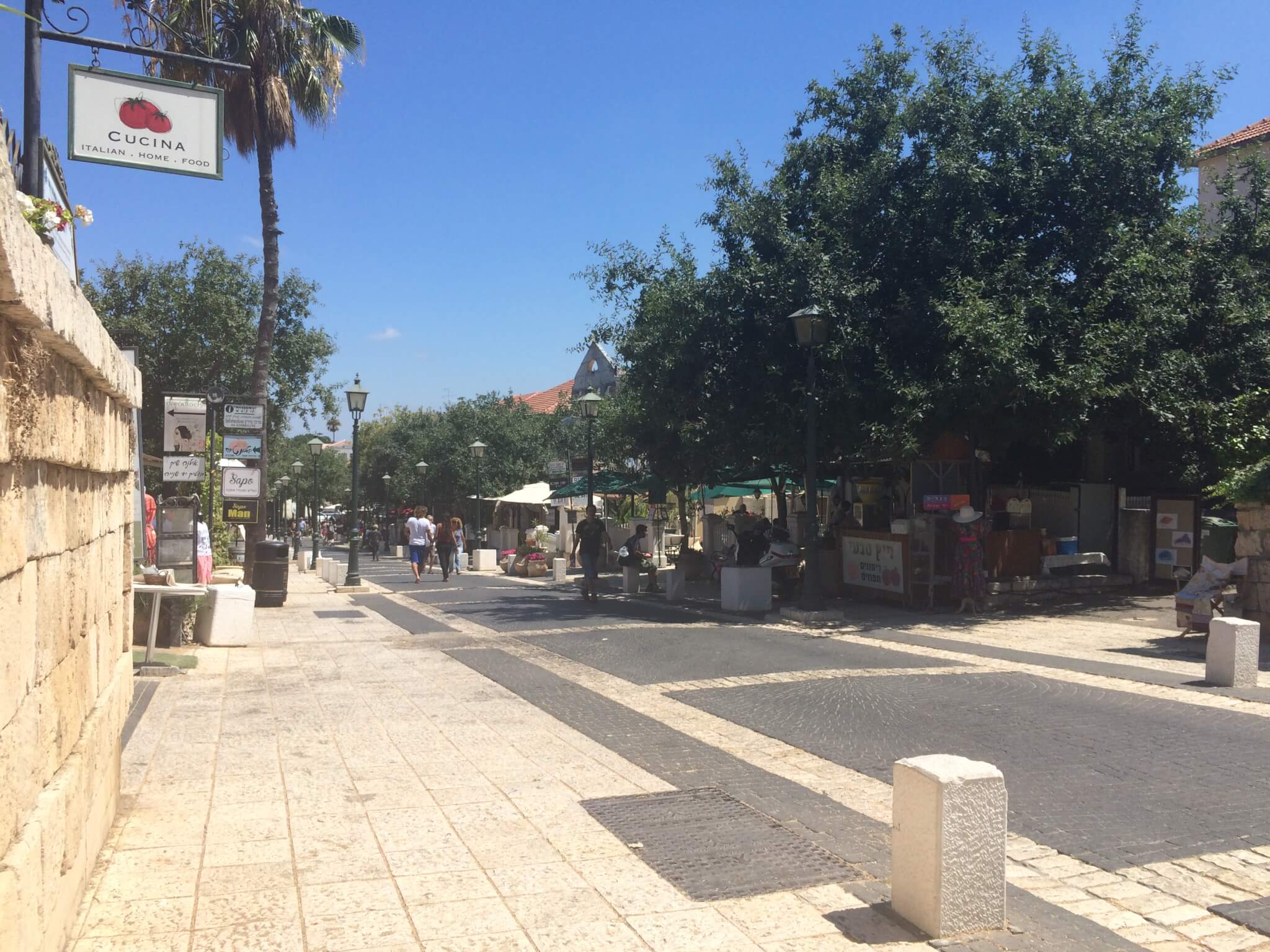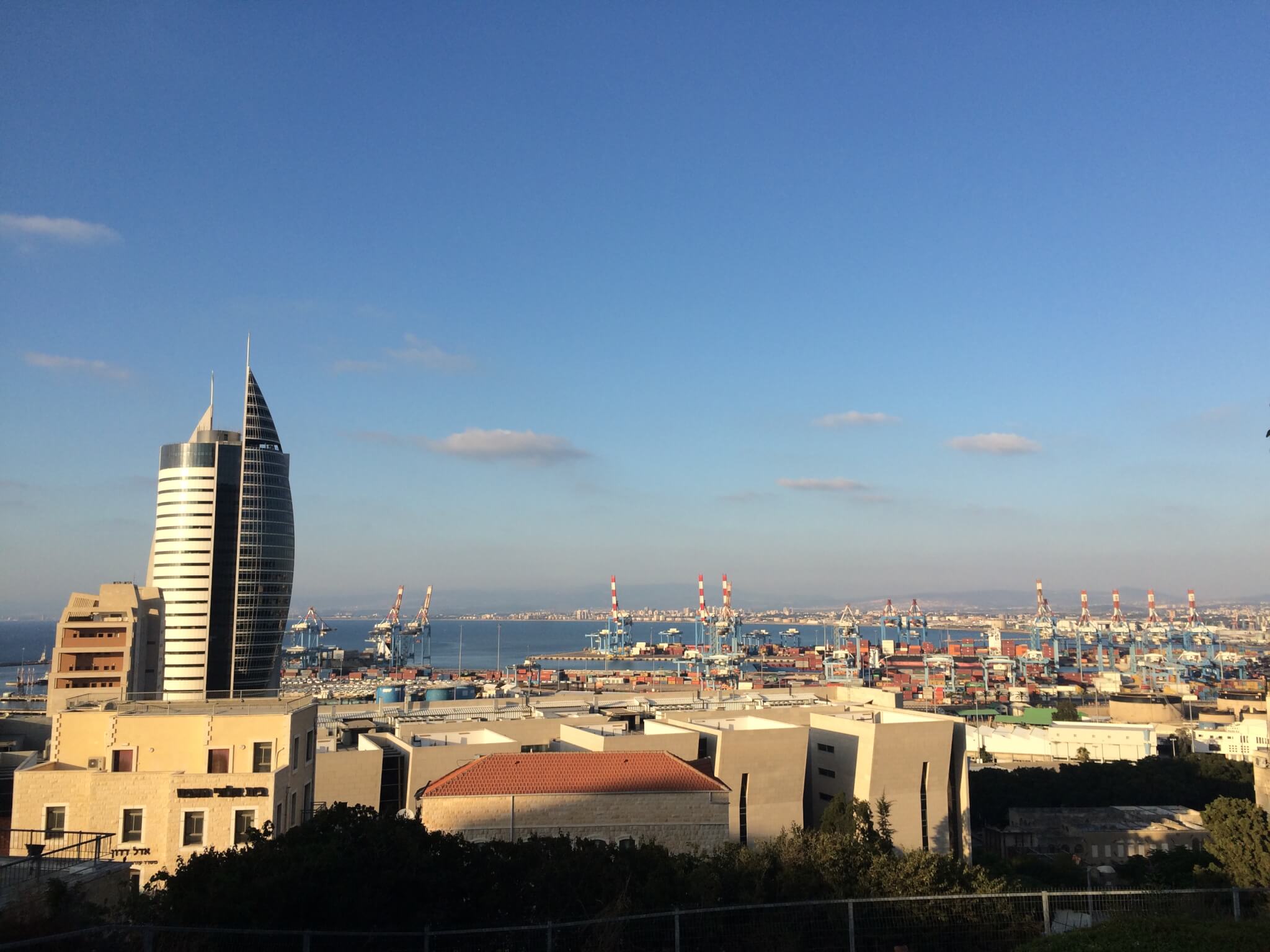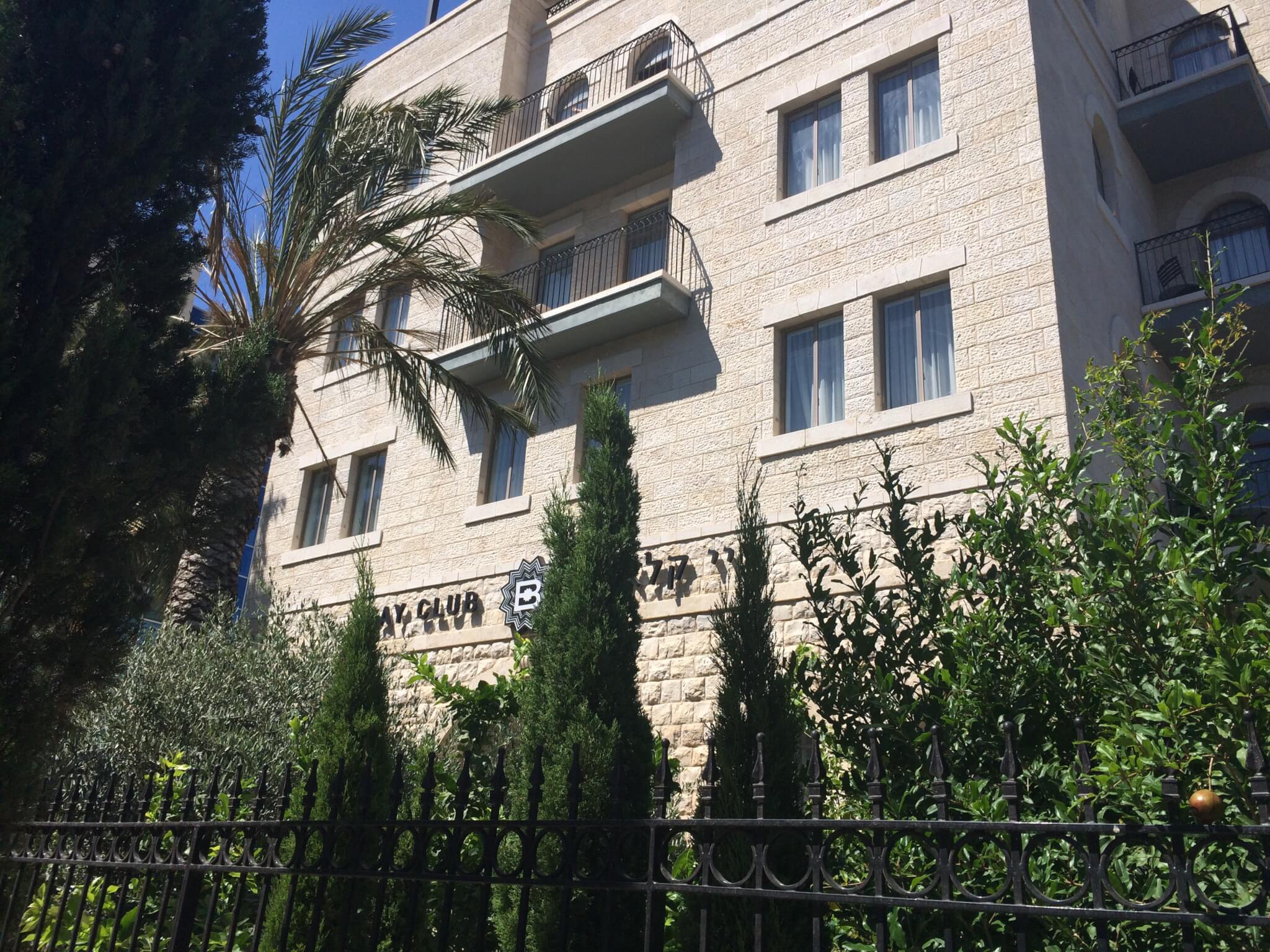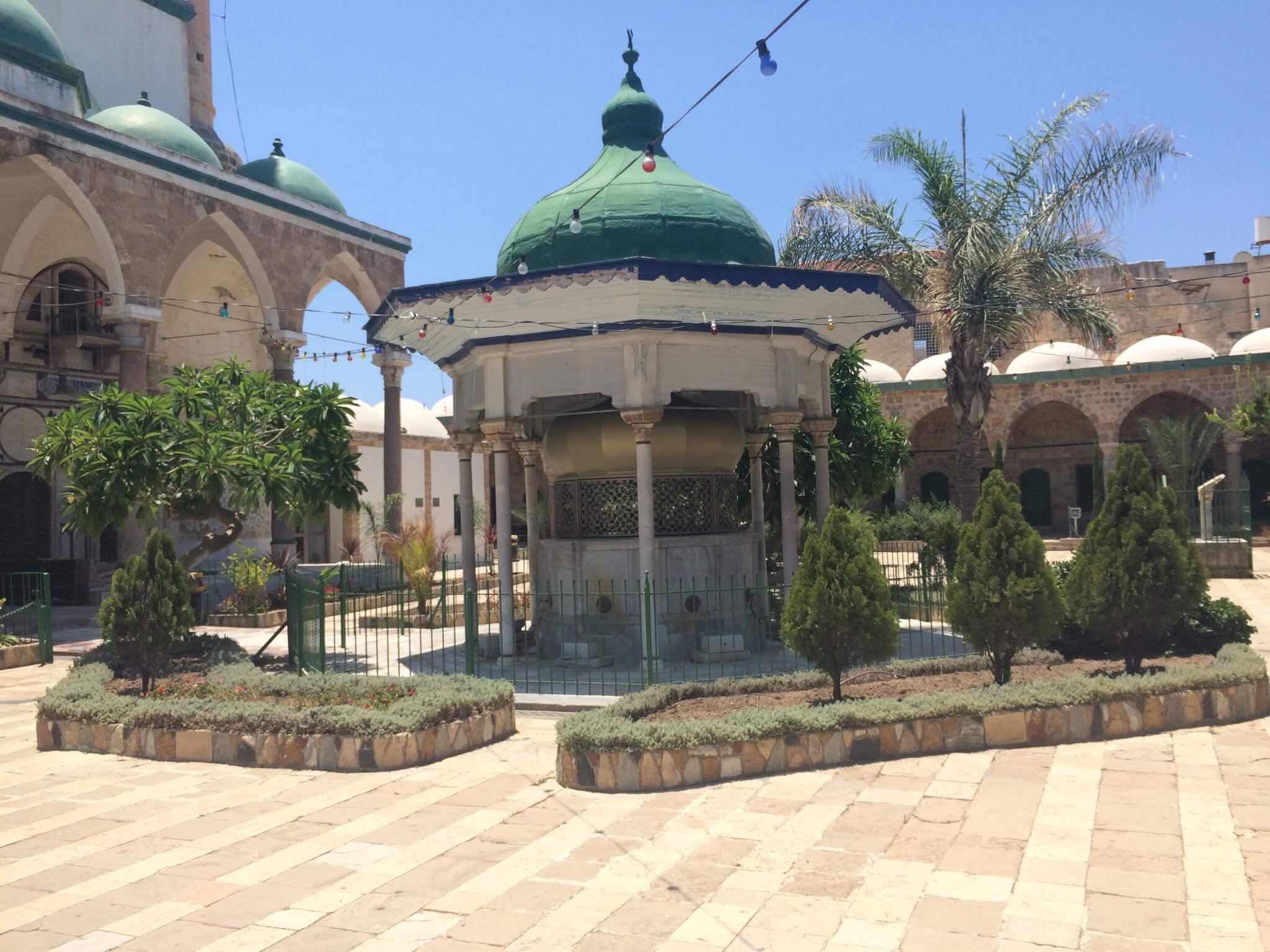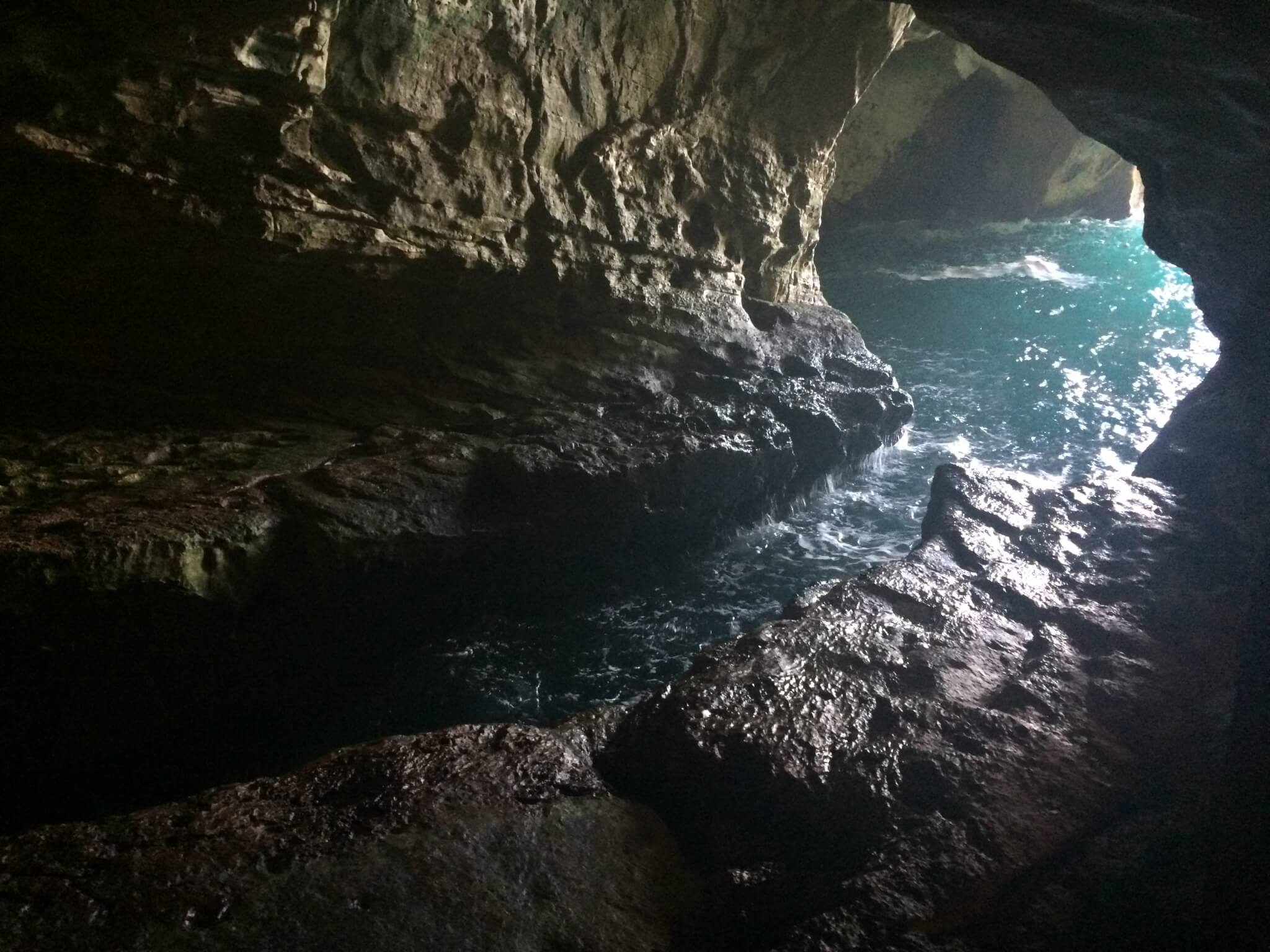When I had to select the destination for my 34th birthday, Israel came into my mind – mainly because I wanted to see Yad Vashem. When I started to talk about this idea I was bothered with a lot of security issues. Friends and family didn’t like the idea of me being at an unsafe area influenced by the conflict between Israel and Palestine. When travelling throughout Brazil I read Breaking news by Frank Schätzing (which in some part tells the history of Israel and the storyline is also situated at Jerusalem) and the decision to go to the Holy Land finally was made.
Continue reading “Terra Sancta”The Bahá’í & Shrine of the Báb
Haifa hasn’t many sights and the towns landmark belongs to a religion I have never heard before: the Bahá’í. It originates from Iran where the members were prosecuted for turning away from Islam. In Haifa you can’t overlook a temple situated on the foothills of Mount Carmel: the shrine of the Báb – dedicated to the founder of the religion.
Sand, waves & saltwater
If you leave Haifa and drive through the Carmel tunnels (with the craziest interchange in the mountains I’ve ever seen; where the roads 23 and the 672 meet) you come to an area close to the sea. At first you’ll see a technology park with all tech giants also known in Europe gathered. But behind this at the shore there is a wonderful beach.
Views from up above
Close to Haifa you can find Mount Carmel and the Carmel mountains – a region famous for winemaking. Not far away from the sea you can drive up steep roads into the mountains and catch nice views on Haifa and the area around it. A good starting point is the city of Daliyat el-Carmel, situated in the middle of the mountain range. Be aware that not all roads in the mountains deserve that name.
Herods great harbour
There are plenty of archeological sites from the Roman and Byzantine eras throughout Israel, but Caesarea stands out. The harbour was fortified by Herod the Great and was an important port for many years. Natural disruptions and political changes led to many times this place has been destroyed and rebuilt. Especially the temple mount has been used for different buildings and religions over time.
Visiting the winemakers
The region around Zihron Ya’akov up in the Carmel mountains is famous for wine from Israel. This is because Baron de Rothschild brought this tradition here and is also buried close to the town. It is not like in Chile where you see huge fields of wine or can have a wine tasting – but at the eastern end of the town you will find the Carmel winery where you can buy a bottle of wine produced here.
Made for business
It is said that in Jerusalem they pray, in Tel Aviv they live and in Haifa they work. And if you look at Haifa you absolutely agree: it is nicely fitted onto the foothills of Mount Carmel, but it hasn’t much sights worth visiting. It reminded me much on La Spezia in Italy. And don’t walk throughout the city to find a city center or old town – there isn’t one that deserves that name.
Continue reading “Made for business”Hotel Bay Club
The Bay Club in Haifa, Israel is a nice hotel situated half way between Mount Carmel and the shore, close to a public park. The hotel is a beautiful old buildung surrounded by pine trees, built in mediterranean style like in San Remo, Cannes or Monte Carlo and some rooms have balconies or roof terraces.
Continue reading “Hotel Bay Club”The town of the crusaders
Akko (formerly St. Jean d’Acre, also called Acre, Akku) is a beautiful old town at the shore of the mediterranean sea. It exists since 3.000 years BCE, was a very important town for the crusades and then fell into the hands of the Arabs. Most European buildings have been destroyed and replaced against islamic buildings.
The border to Lebanon
Close to the town of Rosh HaNikra there is a chalk rock forming the natural border between Israel and Lebanon. It is a barrier a lot of armies – like the one of Alexander the Great – had to cross. During World War II the British built a 250 meters long tunnel into the mountain to connect Beirut and Haifa with railway tracks.
Continue reading “The border to Lebanon”